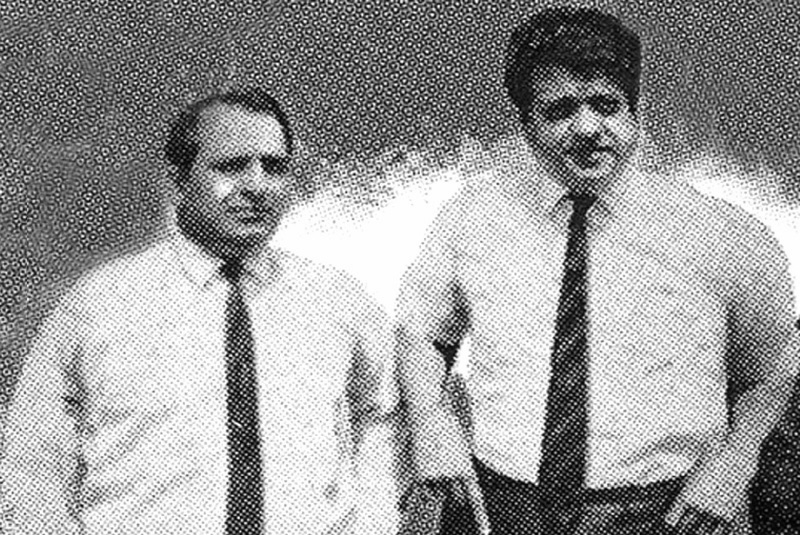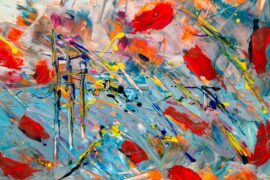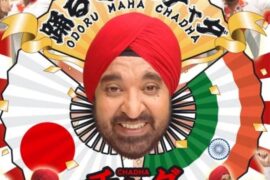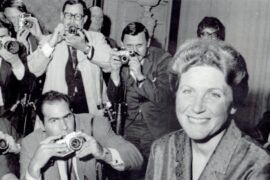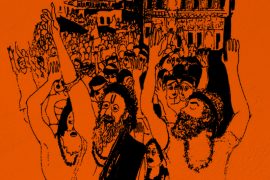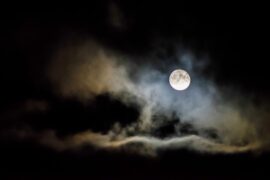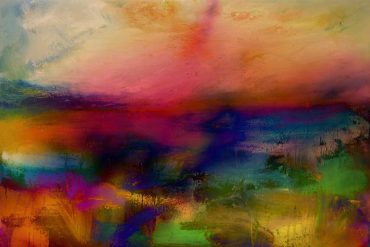We live in an era of paradoxes—of sometimes pleasing, usually passable, and most often ear-splitting music, aside from the typecast ‘stamp,’ or raucous remix(ed) digressions, thanks to hi-tech glitz. This isn’t all. There seems to be a growing penchant for Punjabi-accentuated songs in Hindi films today—rather than perceptible Hindi numbers. This is for scores of music buffs enjoyment exemplified.
However, as for the good old, or young, wholly discerning, quality music-centric types, there’s nothing better than ‘tapping’ one’s mind, or ear, to the Golden Age of Hindi film music—a wholesome treat that finds enormous favour by way of calming, soothing, uplifting and, above all, transcendental, also timeless, music. Call it a rainbow synthesis, or what you may, the Golden Age was, and is, without equal. It was, indeed, the era of Shankar-Jaikishan (S-J) — the music genii like no other on this side of the Suez.
Soulful Melodies
Melody was S-J’s complete existence, a vast reservoir of delight. It was remarkable, too and far ahead of its time. Just listen to the prelude of Lata Mangeshkar-Hemant Kumar’s lilting number, Aa Neel Gagan Tale Pyar Hum Kare from Badshah (1954), and you’ll sure think you are listening to one of A R Rahman’s AirTel ‘jigs.’ Or, recall how the virtually sizzling Mohammed Rafi number, Jaan Pehchaan Ho from Gumnaam (1965), was used for the opening credits in the Hollywood movie, Ghost World (2001), not to speak of Heineken’s commercial, The Date (2011). Or, listen to Nadeem-Shravan’s hit number, Tum Dil Ki Dhadkan Mein Rehte Ho from Dhadkan (2000), which is, quite simply, a ‘facsimile’ of S-J-Lata’s melodious number, Mujhe Tum Milgaye Humdum, from Love in Tokyo (1966).
-30-
Copyright©Madras Courier, All Rights Reserved. You may share using our article tools. Please don't cut articles from madrascourier.com and redistribute by email, post to the web, mobile phone or social media.Please send in your feed back and comments to [email protected]

